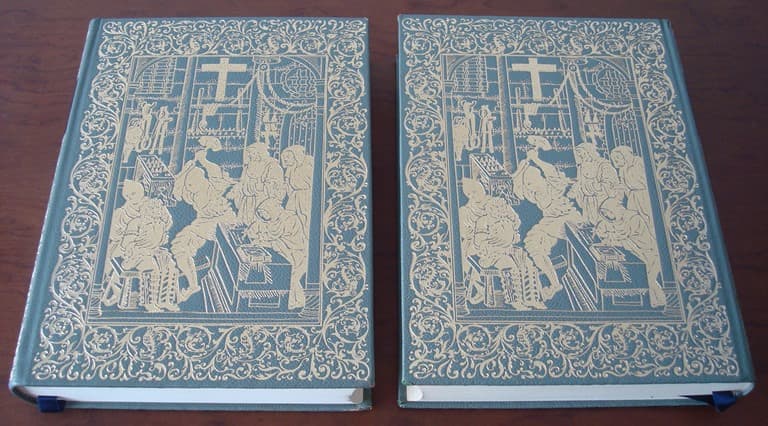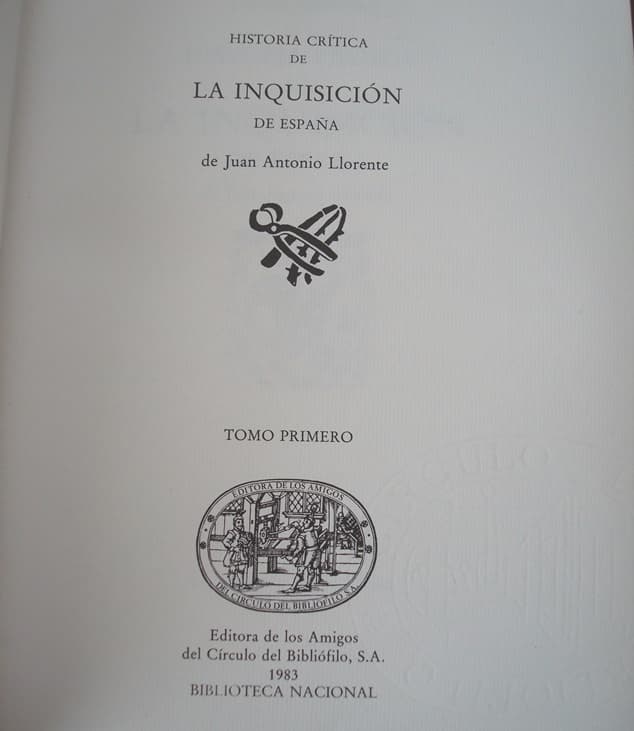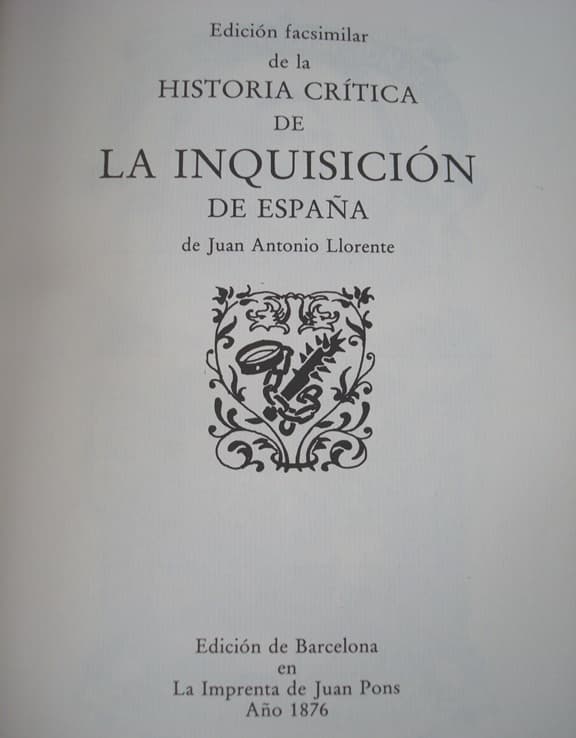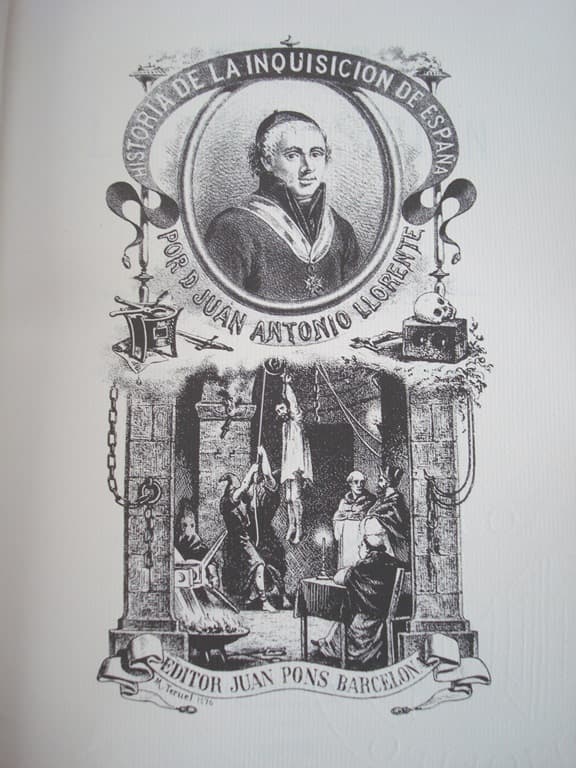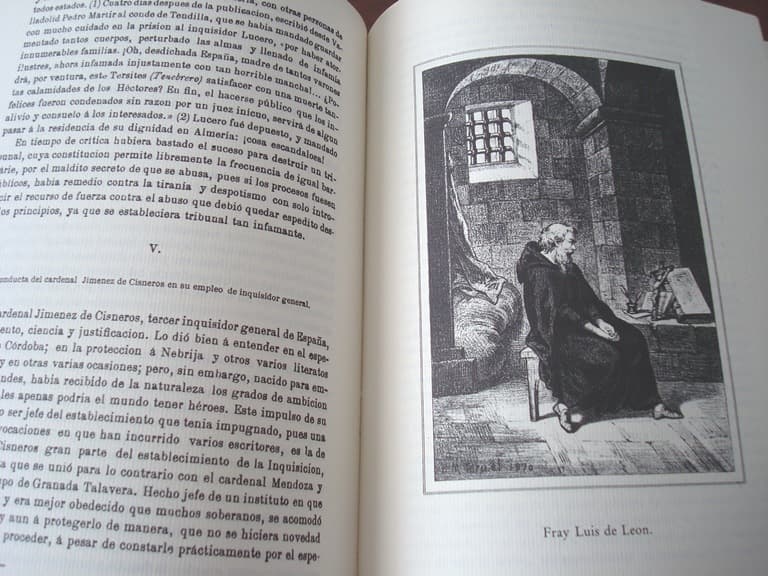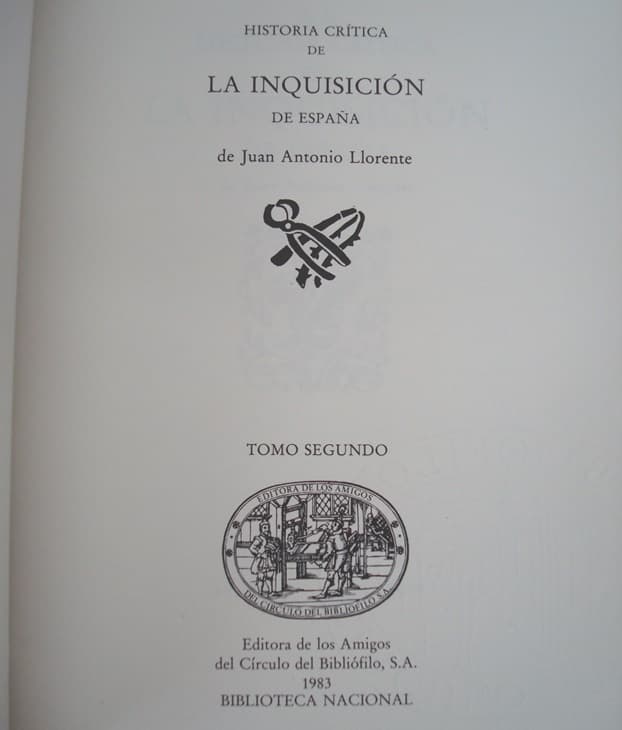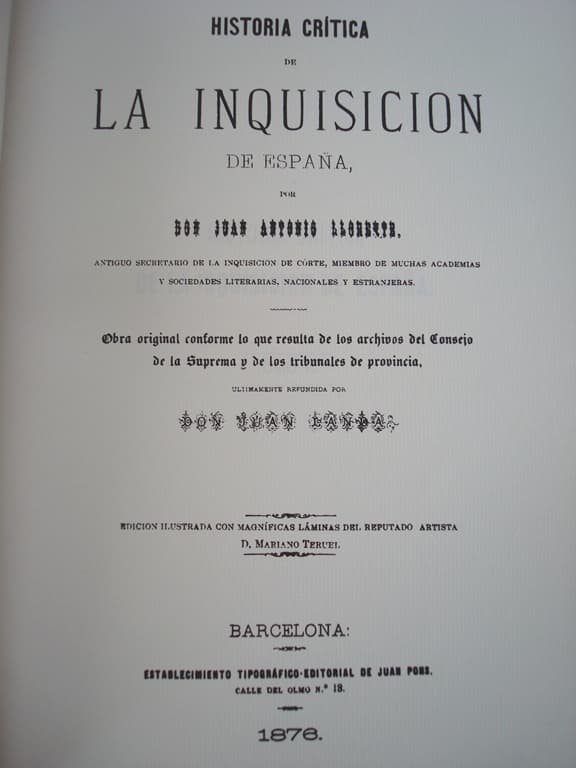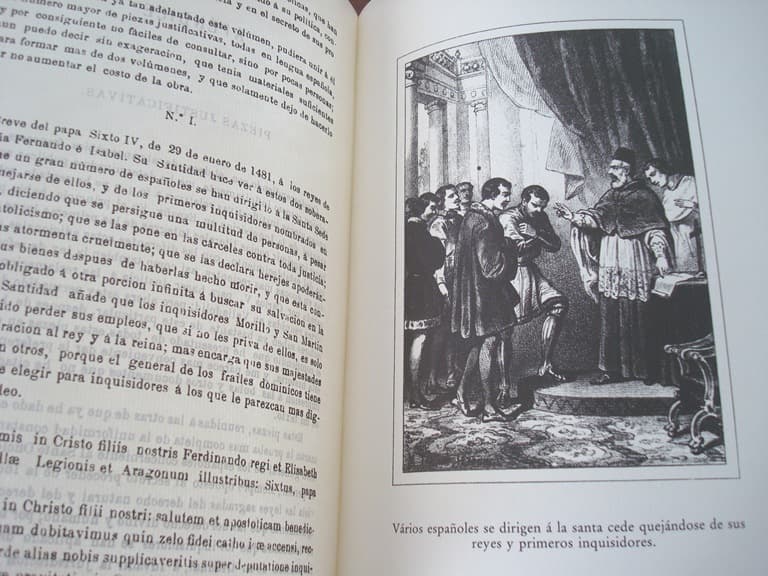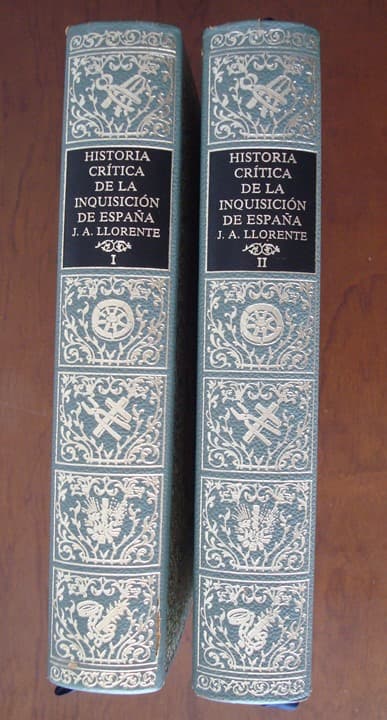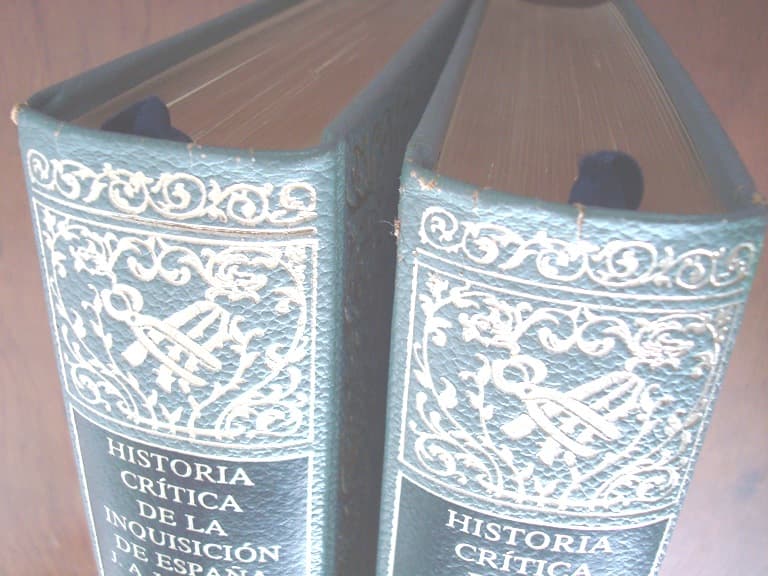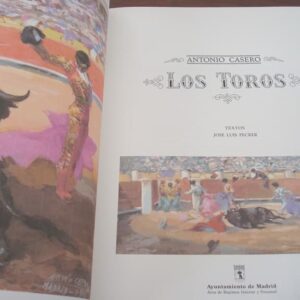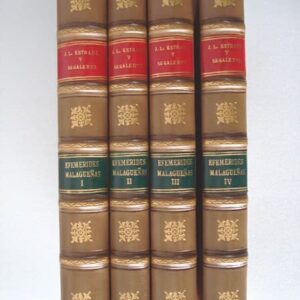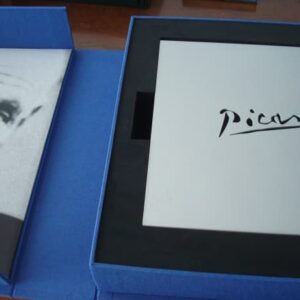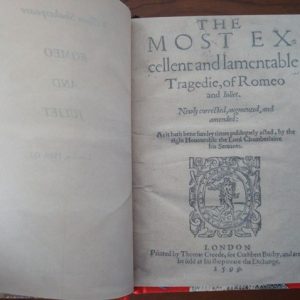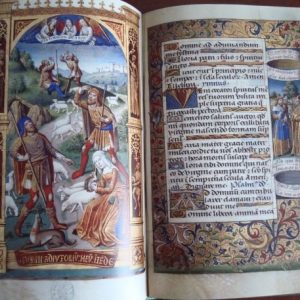Description
Facsimile edition of the Círculo del Bibliophile made in 1983 of the “Critical History of the Inquisition of Spain”, by Don Juan Antonio Llorente (1756-1823), according to the original of the National Library of Spain of the Barcelona edition in La Imprenta de Juan Pons from 1876. Complete, 2 volumes.
Former Secretary of the Court Inquisition, member of many Academies and Literary Societies, national and foreign. Original work according to what results from the archives of the Supreme Council and the provincial courts. Lately recast by Don Juan Landa. Illustrated edition with magnificent plates by the renowned artist D. Mariano Teruel.
Numbered edition limited to 750 copies, second printing (the first was 1,499 copies).
Beautifully bound volumes in profusely gold-stamped leather, gilded spine with stamped title, guide tape, gilded top edge. Format 21 x 27.3 cm. Laid paper with the filigree of the Circle. 586 and 600 pages.
Both volumes are in perfect condition inside, the bindings showing slight signs of use and the passage of time, although without major damage.
Shipping costs according to order and destination. Ask us any questions, indicating the article reference.




